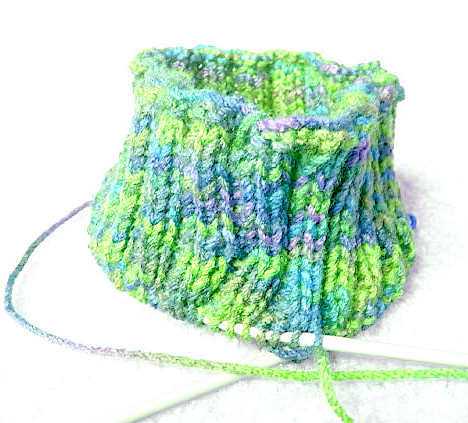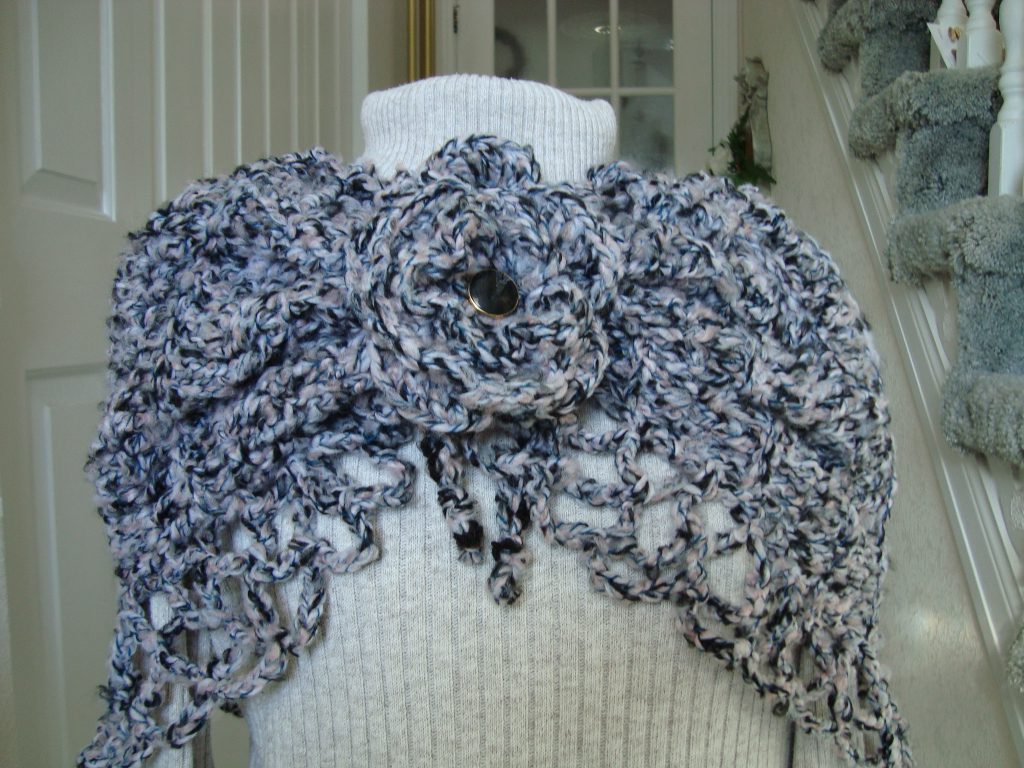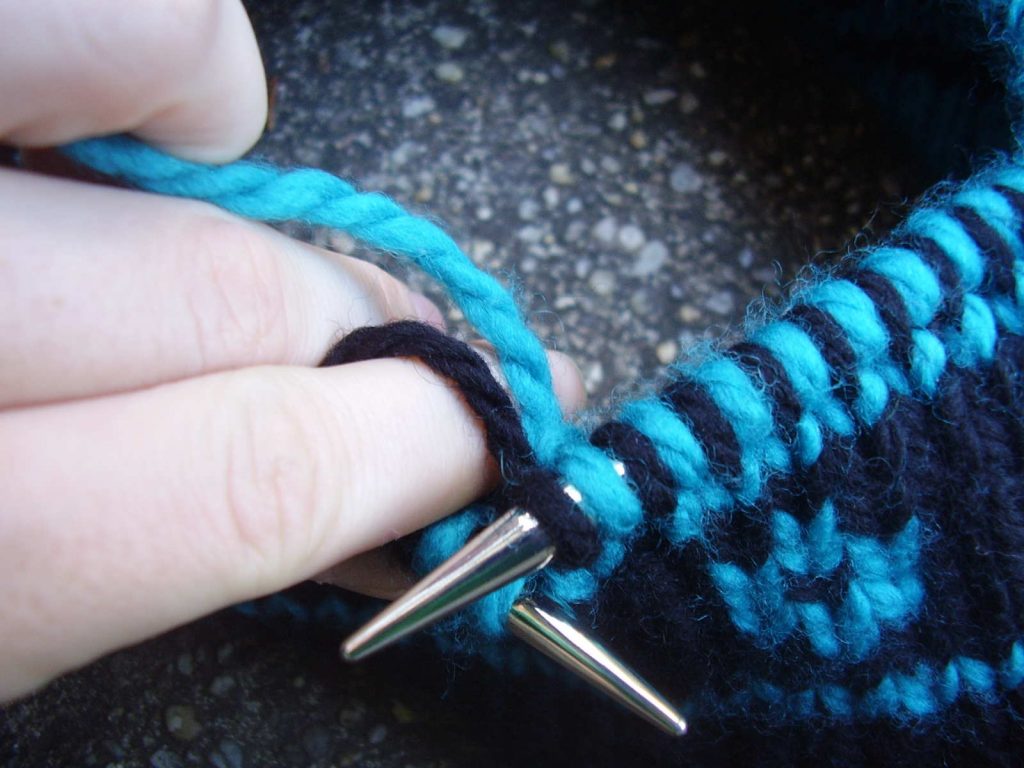Circular knitting is the practice of knitting in the round to create seamless tubes. Knitting in the round is ideal for many projects such as sweaters, socks, hats, and many more. A lot of knitters prefer knitting in the round for many reasons, but if you’ve never tried it, it may seem a little intimidating. Don’t let this hold you back from trying, though, because once you’ve tried it, you’ll probably find that it isn’t nearly as difficult as it appears. As long as you are following a circular knitting pattern, you’ll find that there is very little difference between knitting in the round and knitting flat.
Circular Knitting Tools
Circular knitting does require different knitting tools than flat knitting. While standard knitting needles are great for flat knitting, you can’t knit in the round with them. In order to knit in the round, you need needles specifically designed for circular needles. Your choices for knitting needles are double pointed needles or circular needles.
Double pointed needles, otherwise known as DPN’s, used to be the only way you could knit in the round. They are a bit more complicated because you have to use either 4 or 5 needles at one time. As the name suggests, these needles have points on both ends, which allows for circular knitting.
Circular needles are a newer invention, and they have really made circular knitting much simpler than before. Circular needles are two short knitting needles that are attached by a flexible cord. With circular needles, you only use the one set of two needles to knit in the round. Circular needles can come in many different lengths, and it is important to get the right length for each project. You can use needles that are shorter than the diameter of your project, but not needles that are longer, or else it will stretch out your work.
The main benefit to using double pointed needles over circular needles is that if your project changes sizes, you won’t have to switch to a new set of needles. Many knitters also feel that once you’ve got the technique down, double pointed needles are much faster than circular needles.
How to Join Your Knitting in a Circle
If you’ve never tried circular knitting, it can be hard to figure out how to join your work. The problem is, most circular knitting patterns are written assuming you already know how to do it. In order to knit in the round, you simply cast on the required number of stitches and then join your work in a circle. The easiest way to do this is to simply knit (or purl) your next stitch into your first cast on stitch, keeping your tension tight so that you don’t create a gap. From there you continue to knit or purl following the pattern. Most knitters find it helpful to use a stitch marker in the first stitch of the round so that they don’t forget where they started. This makes it easier to count rows.
When you’re following a pattern for knitting in the round, you’ll most likely see instructions such as “join, making sure not to twist your stitches,” but how exactly are you supposed to do that? There are usually no further instructions in the knitting patterns. What this means is that you need to make sure all of your stitches are facing the same way before you join your stitches. If you’ve done it wrong, you’ll know pretty quickly because your tube will be twisted. At that point, the only way to fix the problem is to rip out your stitches and start over. This is why it’s so important to make sure your stitches are facing the right way before you join your first row.
Circular knitting is an easy way to create garments without a seam. If you haven’t tried knitting in the round for your circular projects such as sweaters or bags, then you may find that you prefer knitting these projects in the round. By knitting in the round you’re able to avoid seams and awkward joins once your project is completed. Circular knitting does not have to be complicated, as long as you know how it is done. In fact, many knitters prefer circular knitting to flat knitting.



